Dmitry Cherneshenko, the Deputy Prime Minister of Russia, said that in 2023, Russia will have nearly 100 million people using the Internet every day, making it the country with the largest number of Internet users in Europe. At present, there are only 100-500 villages and towns, and nearly 25000 people in Russia will have access to Internet data transmission services. By the end of 2024, 90% of families will have access to broadband Internet. The government is building mobile communication base stations, laying fiber optic cables, upgrading and developing satellite infrastructure in remote areas for this purpose.
Cherneshenko pointed out that the Russian Internet contributed 12.2 trillion rubles (about 12.64 billion US dollars) to the Russian economy in 2022, an increase of 29% year on year. We are also waiting for the data of 2024, Especially for the e-commerce market, take a look at the top e-commerce market in Russia, Ozon and Wildberries, they will grow exponentially and make greater contributions to the Russian economy.

By the way, will you consider be a retailers or distributors of 2G 3G 4G Mobile Phone Signal Booster?
In fact, some signal blind areas will inevitably appear in Internet transmission, and the coverage signal in some areas may be weak, or even no signal coverage. At this point, the 2G 3G 4G Mobile Phone Signal Booster will help you solve this issue. You can search for 2G 3G 4G Mobile Phone Signal Booster manufacturers, like Callboost mobile phone signal booster manufacturer, they/we will supply 2G 3G 4G booster with wholesales price, and help you choose the suitable wholesale 4G Network Booster for you, and we support 2G 3G 4G Booster Customized.
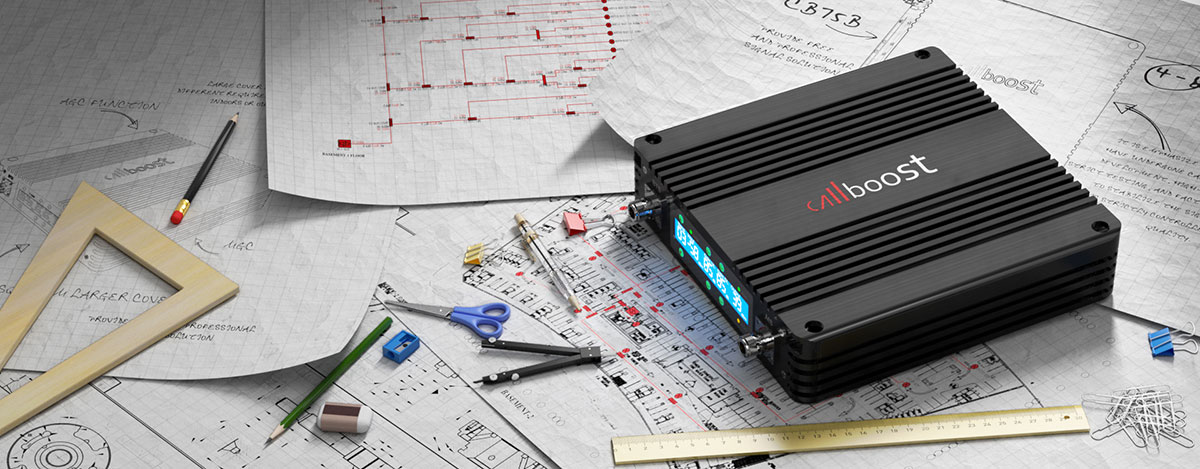
2G 3G 4G Booster Customized
If you provide us the layout of your project or cover area, we are wiliing to provide a free cell phone signal repeater booster solution.
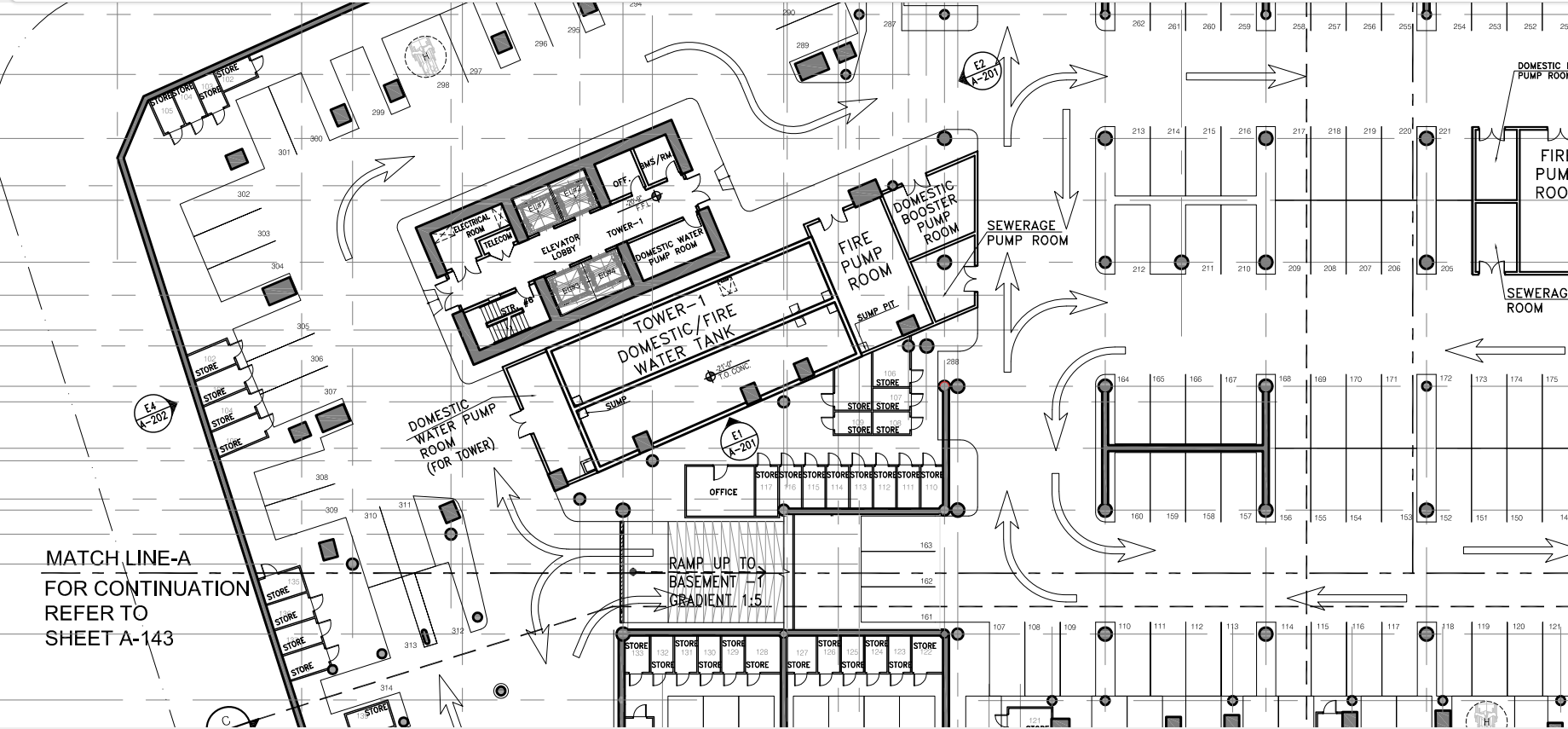
A part of cover area layout
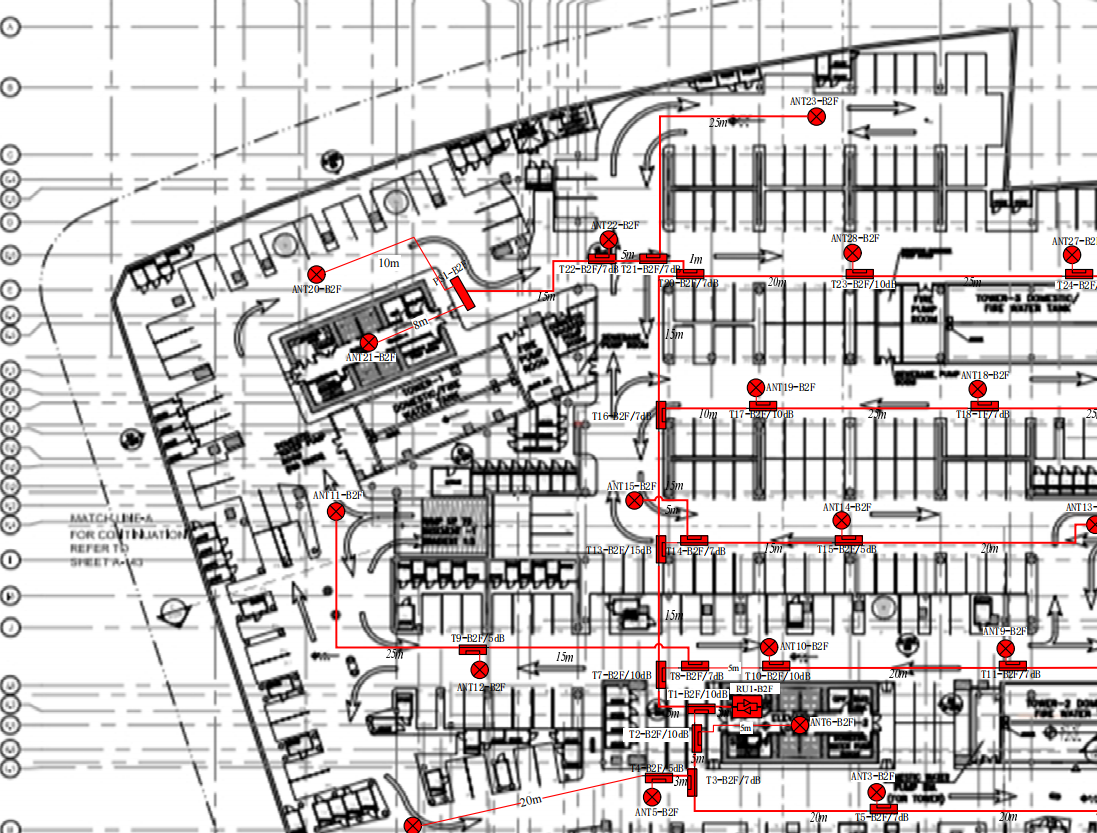
A part of signal solution
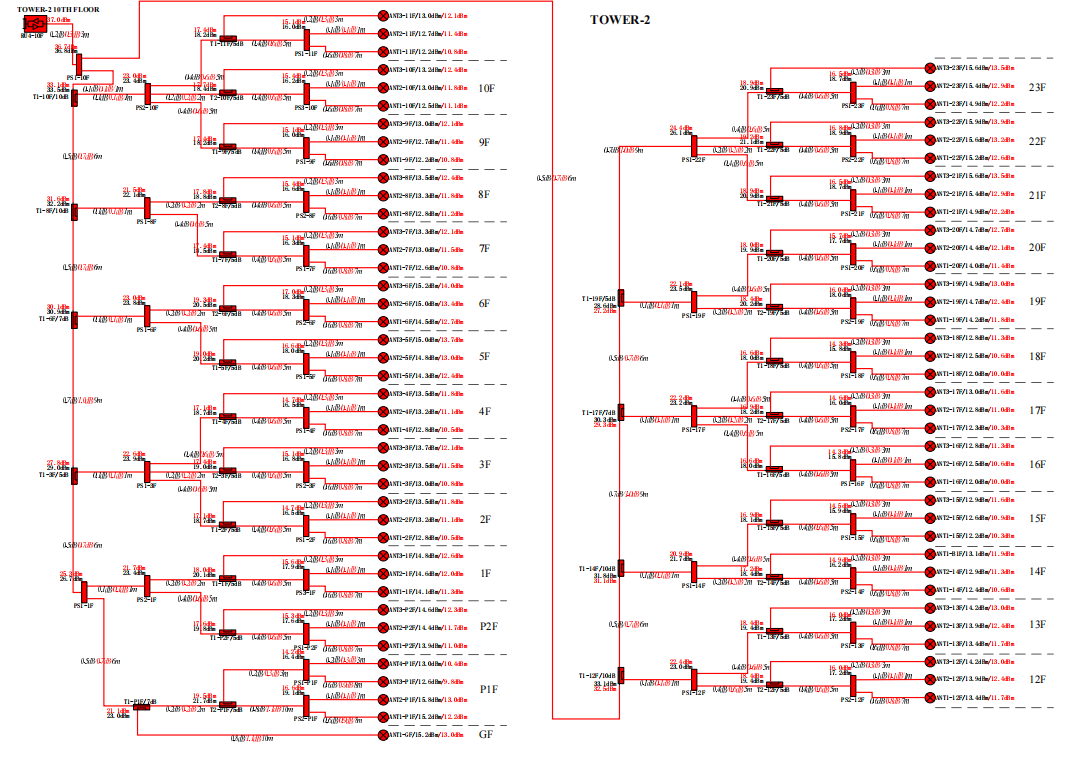
A power distribute abridged general view
ANY QUESTIONS OR NEED A MOBILE PHONE SIGNAL SOLUTION JUST CONTACT US BY EMIAL.
Mobile Network And Operators in Russia
Russia's mobile networks and operators use 2 GSM frequency bands, 2 UMTS frequency bands, 9 LTE frequency bands, and 6 5G NR frequency bands.
The development of Russian mobile network began with the establishment of the first Russian FidoNet node in Novosibirsk in October 1990, which contributed to the development of Russian Internet network Runet. The Soviet Union was included in the 50 zone of FidoNet, and this activity played an important role in the early stage of Russian Internet connection.
In the early 1990s, mobile network infrastructure began to expand. In 1994, with the introduction of GSM technology, Russia launched its first commercial mobile network. By the mid-1990s, mobile networks had become a popular means of communication, especially in urban areas.
Today, Russia's mobile network infrastructure is robust, with extensive coverage and high-speed data services available across the country. Despite the challenges posed by the digital divide, particularly in rural areas, significant efforts are being made to expand and improve mobile network services.
| Name | # of frequency bands in used |
|---|---|
| Beeline | 10 |
| MegaFon | 16 |
| MTS (Mobile TeleSystems) | 14 |
| Tele2 | 8 |
| Yota | 8 |
GSM Network
900 MHz (E-GSM) / 1800 MHz (DCS)
UMTS Network
B1 (2100 MHz) / B8 (900 MHz GSM)
LTE Network
B1 (2100 MHz) / B3 (1800 MHz +) / B7 (2600 MHz) / B8 (900 MHz GSM) / B20 (800 MHz DD) / B34 (TD 2000 MHz) / B38 (TD 2600 MHz) / B40 (TD 2300 MHz) / B41 (TD 2500 MHz)
5G NR Network
N1 (2100 MHz) / N7 (2600 MHz) / N78 (3500 MHz) / N79 (4700 MHz) / N257 (mmWave 28 GHz) / N258 (mmWave 26GHz)
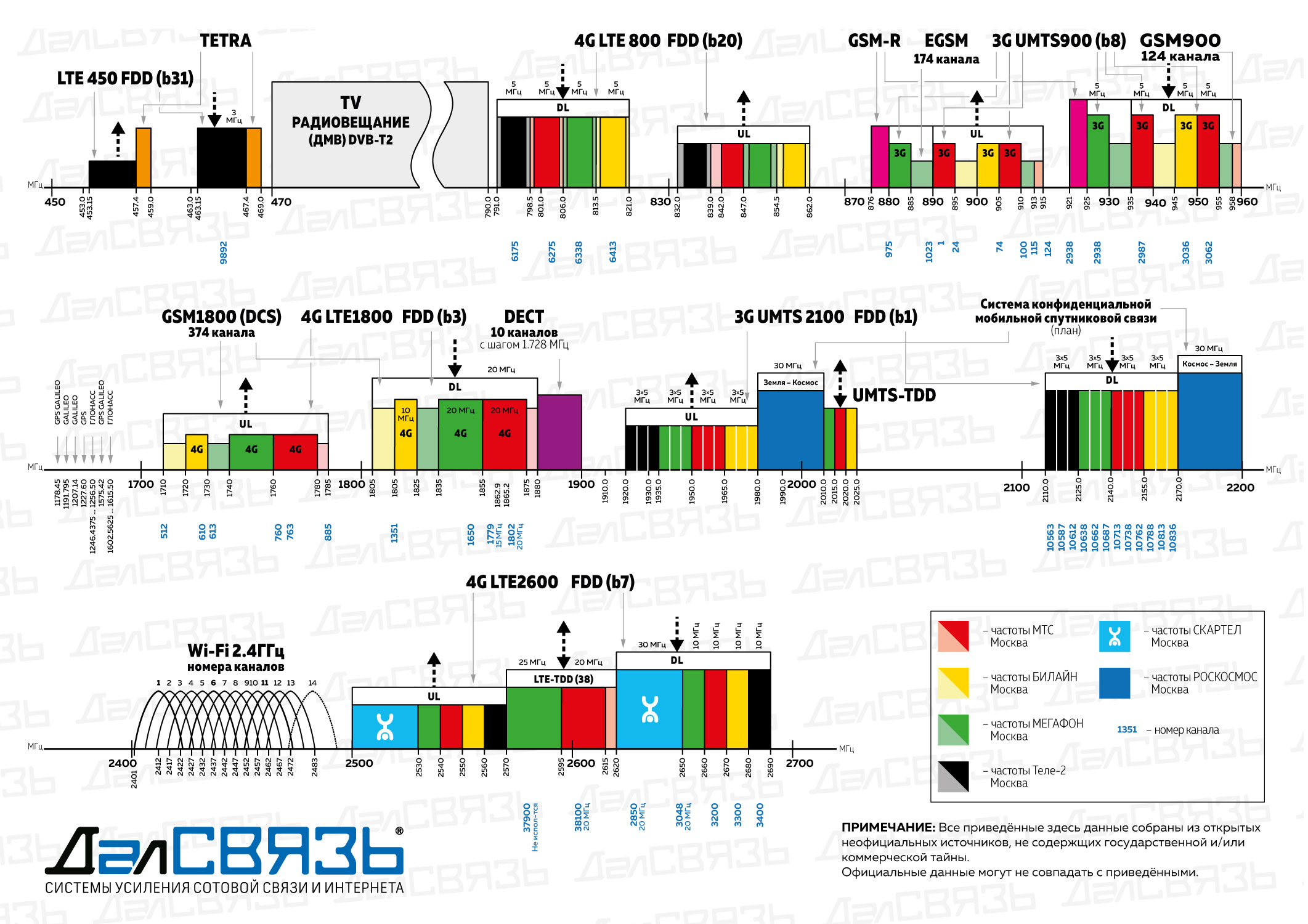
Russian mobile communication frequency
The development of communication networks in Russia presents characteristics of diversification and regional differences
Infrastructure construction: The network coverage in urban areas is relatively high, especially in big cities such as Moscow and St. Petersburg, where 4G LTE network penetration is widespread and high-speed data transmission services are provided. However, the vast rural and remote areas face problems of unstable signals and few access points, especially in Siberia and the Far East, where some areas are still limited to basic voice calls.
The main telecom operators, MTS, Beeline, Megafon, and Tele2, are the four dominant telecom service providers that control the majority of the national market share and provide relatively complete mobile network coverage. At the same time, we are actively expanding 5G network pilot projects, striving to improve network speed and service quality nationwide.
Technological innovation: With the government's support for digital transformation, emerging technologies such as fiber optic broadband and satellite communication are accelerating their promotion, which is expected to narrow the urban-rural digital divide and promote the process of distance education and medical informatization.
Regulatory policy: the state pays attention to network security and privacy protection, implements a series of measures to standardize Internet content control, establishes local data centers, and strengthens personal information protection.
People's usage habits: The penetration rate of smartphones has been increasing year by year, and social media and instant messaging applications have become important components of daily life. However, the high data costs have made data plans a consumption priority.
In summary, although the overall performance of Russia's communication network is good, it still needs to face the problems of lagging network infrastructure construction and uneven services in some regions. In the future, it is necessary to increase investment, improve connectivity in remote areas, enhance overall information exchange efficiency, and meet the growing demand for digital living.
Russia's communication network is undergoing a continuous process of upgrading and improving. The 4G LTE network in urban centers is quite mature, but signal coverage is still limited in remote and sparsely populated areas, especially in some parts of Siberia and the Far East where basic telephone services are still the mainstay. However, with the government's promotion of 5G trials and technological innovations, it is expected that this situation will be resolved in the coming years, further narrowing the "digital divide" between urban and rural areas. So that's why we said that supply 2G 3G 4G Booster would be a big chance. 2G 3G 4G Mobile Phone Signal Booster are with a large number of urgent needs.
So collaborating with Callboost,we provide not only wholesale 4G network booster,but also 2G 3G 4G 5G booster customized.
The four major domestic telecommunications giants MTS, Beeline, Megafon, and Tele2 have not only consolidated their market positions, but also competed in the 5G field, aiming to provide more advanced network experiences for users.
Frequency Band Need To Match With The 2G 3G 4G Mobile Phone Signal Booster You Choose
Different network operators allocate specific frequency bandwidths for mobile communication, such as 2G (900MHz/1800MHz), 3G (UMTS/WCDMA 2100MHz), 4G (LTE 800MHz/1800MHz/2600MHz), etc. If the frequency band used by the repeater does not match that of the mobile phone, it will be unable to receive or send signals, resulting in ineffective enhancement effects.
If you need mobile phone signal booster, just choose Callboost, a professional signal booster manufacturer.
What 2G 3G 4G Mobile Phone Signal Booster We Would Like To Recommend To Russians?
According to operator official data and Callboost 2G 3G 4G mobile phone signal boosters selling experience, we all know that 900MHz / 1800Mhz / 2100MHz / 2600 MHz / 800MHz these frequency bands are usually used in Russia, so you may choose any frequency band of them to used, beside, 5G N78 3300~3600 MHz also being more and more popular.
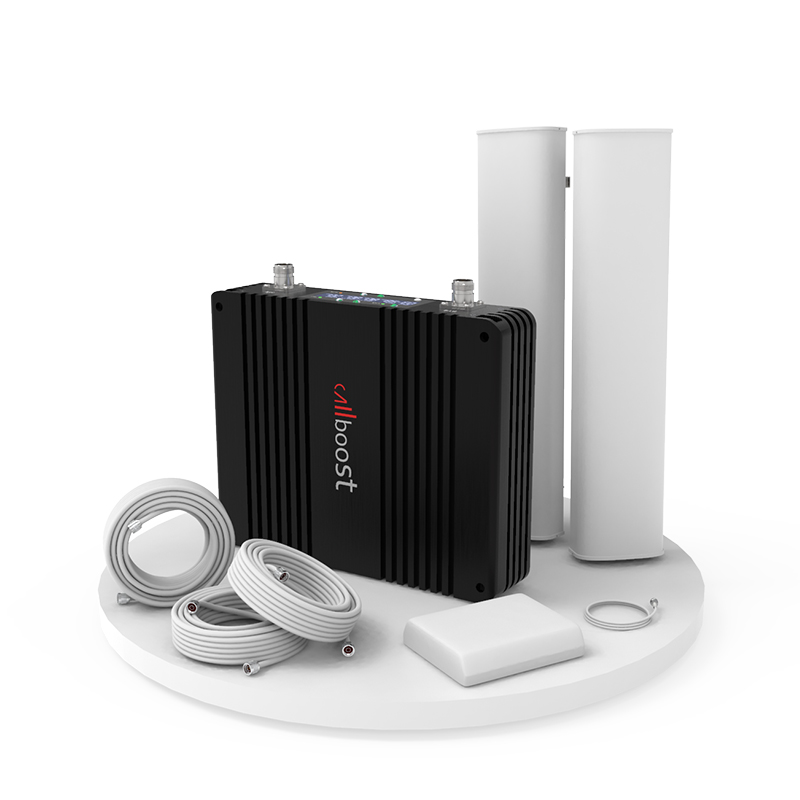
Supply 2G 3G 4G Booster customized wholesale 4G network booster
CB75B 2G 3G 4G Mobile Phone Signal Booster including single band / dual band / triband / quad band / penta band, basically meets the selection of all frequency bands and satisfies customers' needs for 2G, 3G, 4G, and 5G network.
CB75B is a highly integrated multi band mobile signal amplifier designed to enhance 2G/3G/4G and even future 5G network signals. Its outstanding performance meets the urgent demand for mobile communication quality in different regions and various application scenarios around the world.
CB85B Wholesale 4G Network Booster with a higher outpur power, and higher gain to booster signal. The cover range will be bigger.
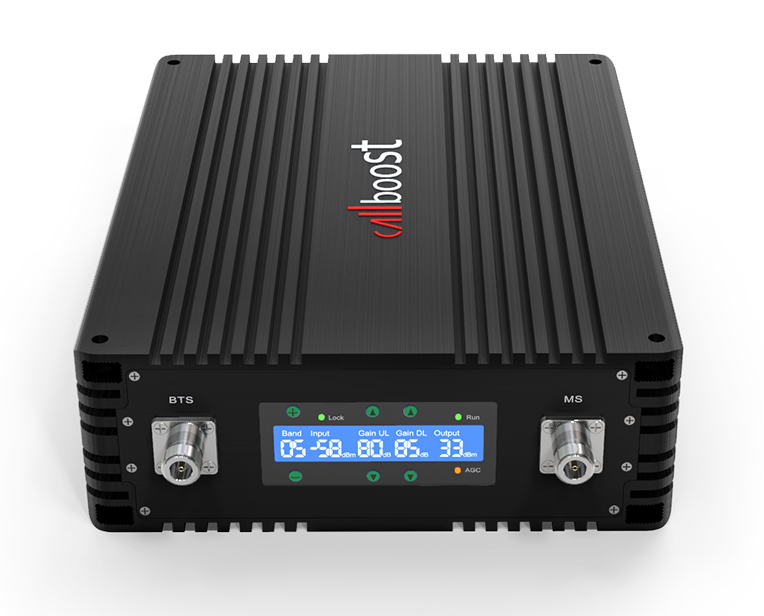
Callboost-signal-repeater-CB85B high gain mobile signal amplifier
Of course, if you want to cover the outside, like farm signal booster, rural coverage, orchards, estates. Even including large commercial supermarkets indoors, think about our CB90C mobile phone signal amplifier or CB95C powerful cell phone signal repeater.

5g siganl booster repeater wholesales
This wholesale 4G Network Booster 2G 3G 4G 5G wide adaptability: This amplifier can easily handle residential areas, commercial buildings, underground parking lots, tunnel bridges, and remote rural areas, effectively solving the problem of weak signals. With powerful function, please contact us to check the specification.
The final cell phone signal booster solution is 2G 3G 4G optical fiber repeater. Given Russia's vast territory and sparse population, especially the relatively backward communication infrastructure in remote areas, fiber optic repeater stations are used for long-distance transmission. By replacing traditional copper wires with fiber optic cables, lossless signal transmission over hundreds of kilometers can be achieved, which is very suitable for large-scale coverage needs and effectively crosses physical obstacles such as mountains and lakes. Strong stability and sufficient bandwidth, please continue to follow Callboost for more detailed content.
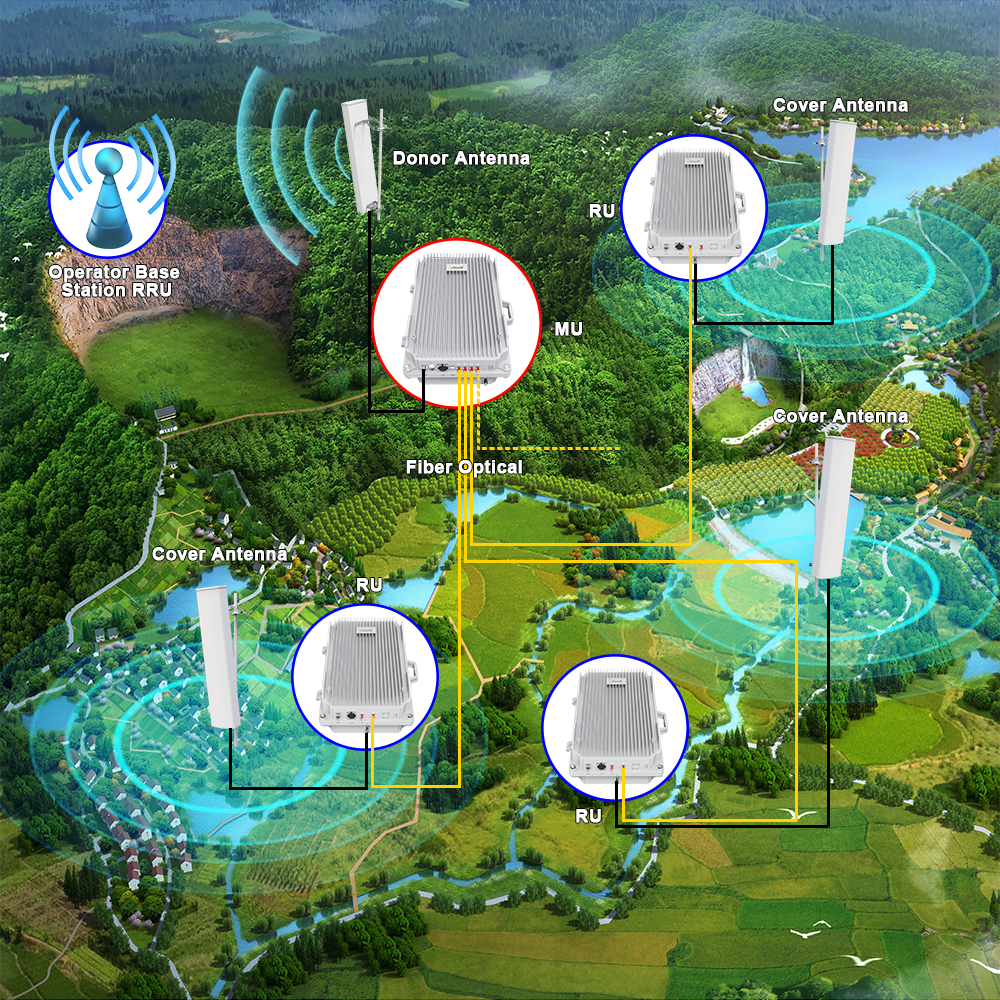
2G 3G 4G optic fiber signal repeater mobile phone booster for remote area
What aspect are you guys most concerned about? Tell us please.

